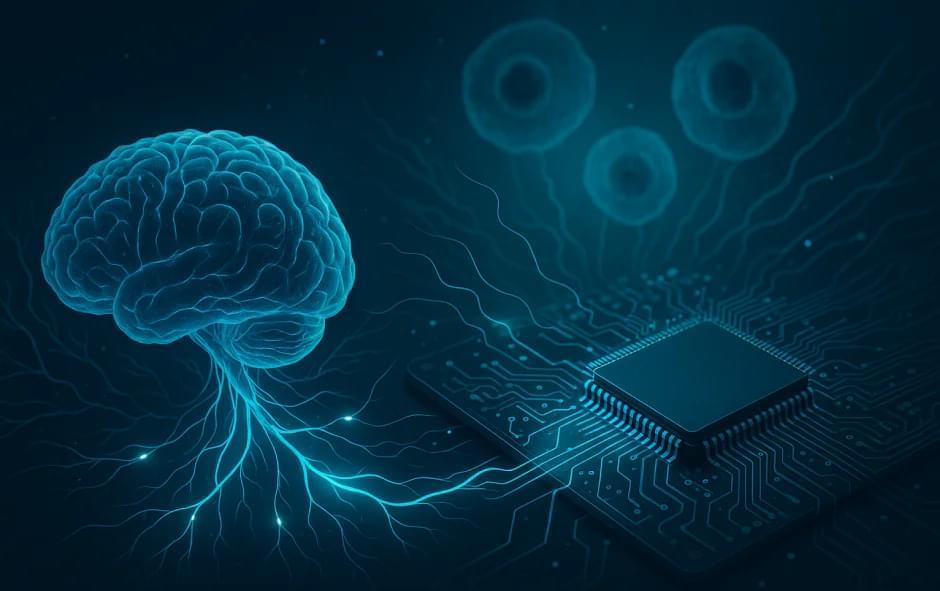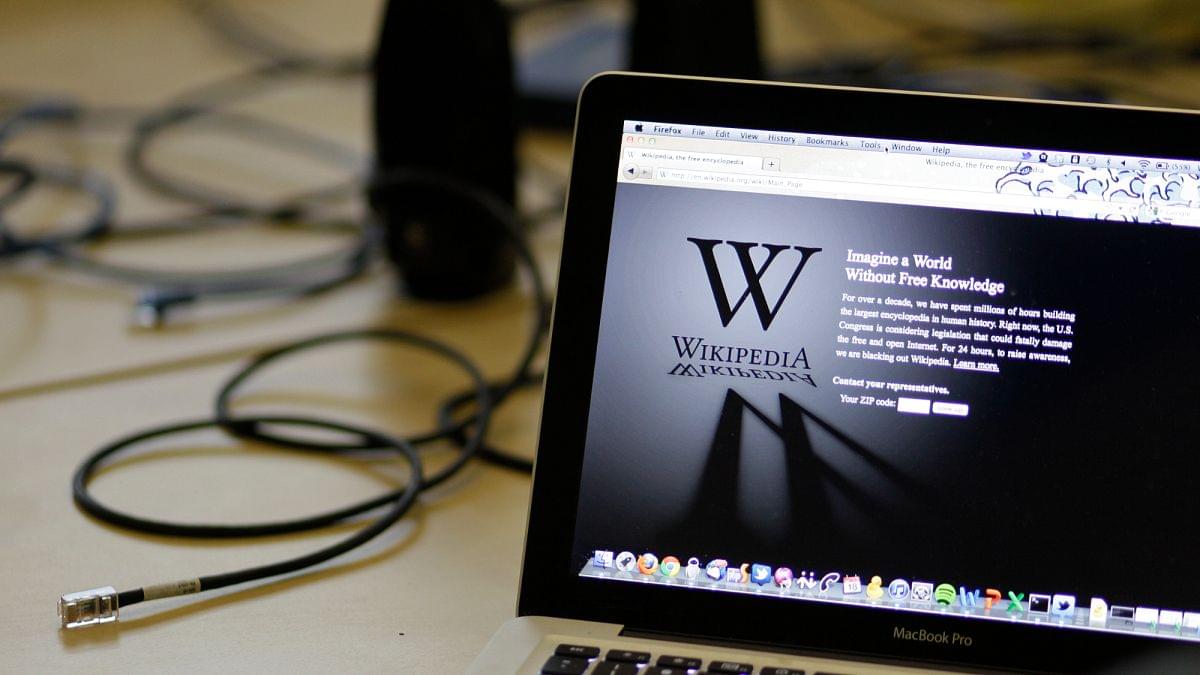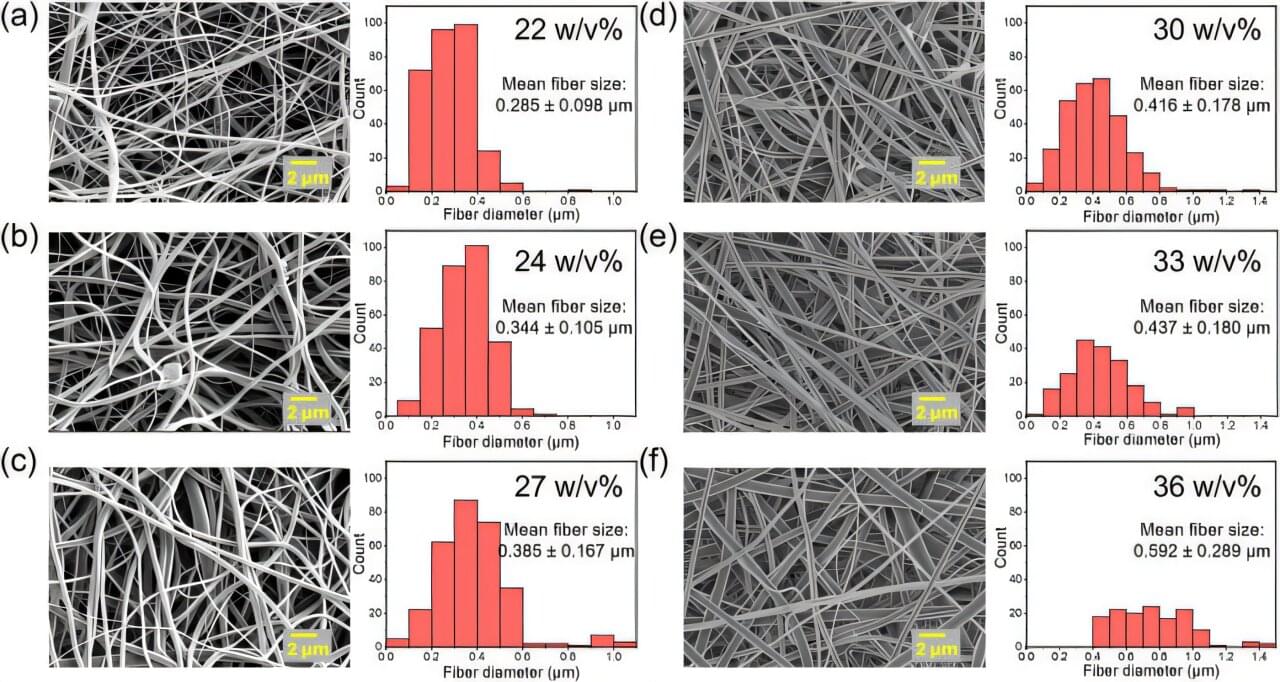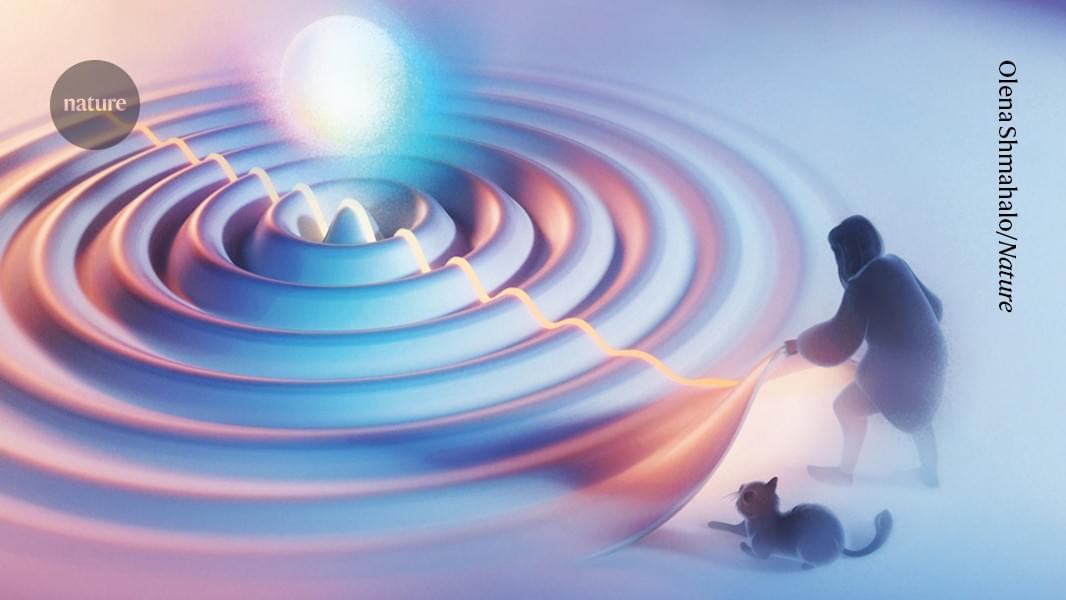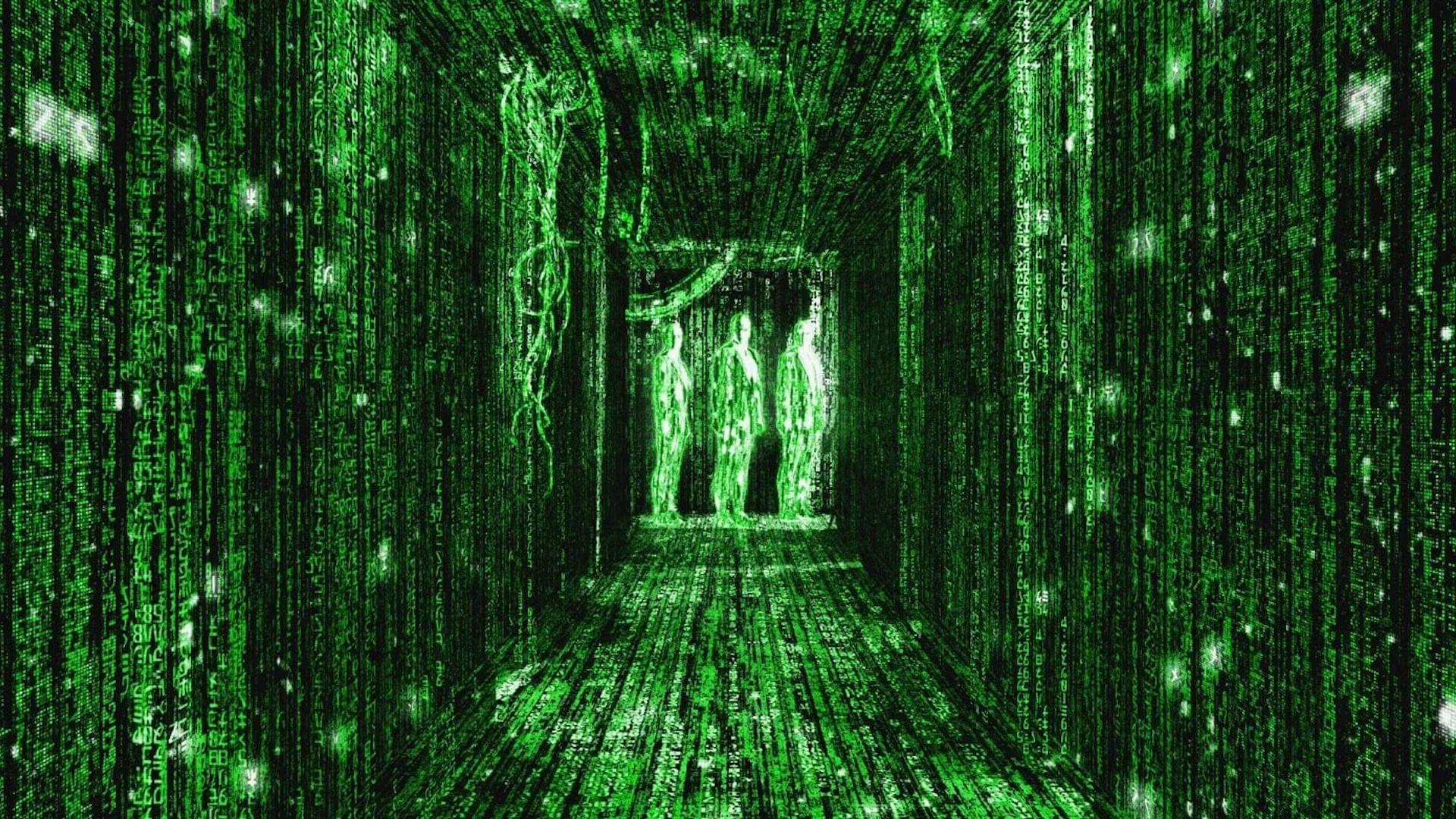Artificial Intelligence (AI) is usually built with silicon chips and code. But scientists are now exploring something very different. In 2025, they are growing brain organoids, which are small, living structures made from human stem cells. These organoids act like simple versions of the human brain. They form real neural connections and send electrical signals. They even show signs of learning and memory.
By linking organoids with AI systems, researchers are beginning to explore new computational approaches. Recent studies have shown that organoids possess the ability to recognize speech, detect patterns, and respond to input. Living brain tissue may help create AI models that learn and adapt faster than traditional machines. Early results indicate that organoid-based systems could offer a more flexible and energy-efficient form of intelligence.
Brain Organoids and the Emergence of Organoid Intelligence.
